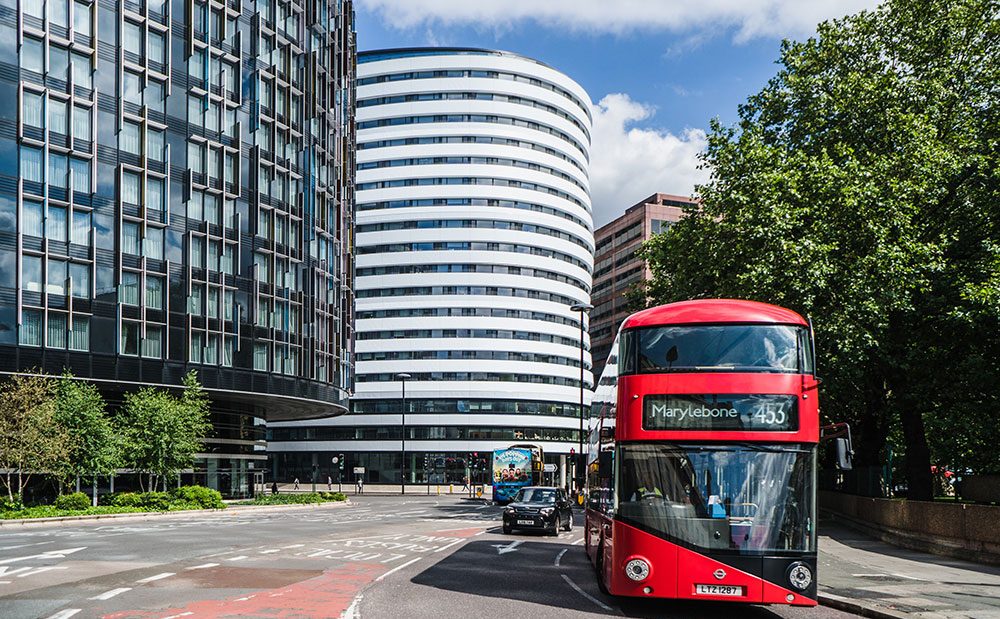Formula 1 Talk
4th July 13
Ben Mallock, Deputy Head of Aerodynamics, Scuderia Toro Rosso
Mr Mallock began by explaining how he got into Formula 1. He said he hadn’t worked very hard at school, so didn’t do A levels. Instead, he left at 16 and worked first in a bike shop, then a garage, which is where he first worked on racing cars. This became his hobby. He was encouraged to take a foundation year where he learnt the maths and physics he needed. A degree in Mechanical Engineering and an MSc in Aerodynamics followed.
We were given a fascinating, informative insight into the workings of a Formula 1 team. Did you know that there are 50 people trackside on race day, but another 50 back at base in Bicester analyzing the secondary data? This data is not of immediate importance to the race, but that will help them develop the car for the next race.
Perhaps surprising to some, they try to increase the amount of turbulent flow in their designs, to increase the ” downforce” on the car so it grips the track better. Force sensors on a model car are used in the wind tunnel to test which designs of a new wing, for example, may lead to that extra 0.1 s per lap. Maths is an important aspect. Is drag really proportional to the square of the speed (as the Euler equations state)? The human element cannot be ignored – two cars may be set up almost identically in terms of the sensor data, yet the driver may say there’s a problem with one set-up and not the other. Why? Well, there’s the challenge!
He contrasted the fast pace of engineering in F1 – where from having an idea to seeing the product in action can take just a few weeks – with other sectors such as domestic cars and aeroplanes, where the timescales are months or even years.
Our speaker’s love for engineering was evident. Asked why, he replied “It’s creative!”. He enjoys the challenge of making improvements to the car within the constraints of time, money, F1 rules and simply making the car work (eg: the gearbox must be cooled).
We thank Mr Mallock for coming to talk to us and hope he may be able to return next year.
Mr Mallock very generously made a donation to the Physics department to fund some new equipment.



